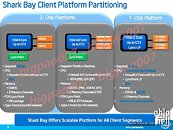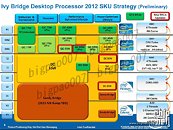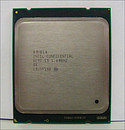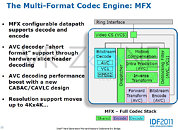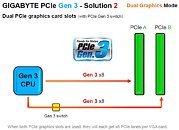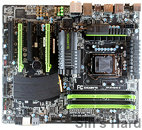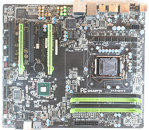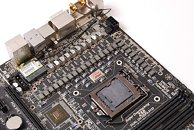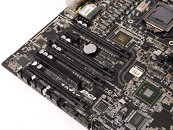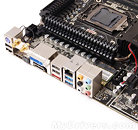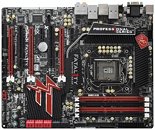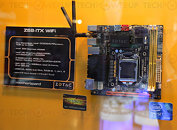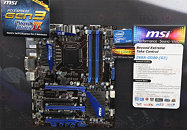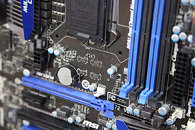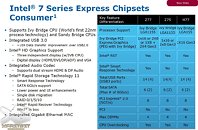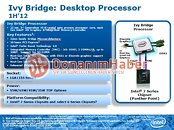
Ivy Bridge-E in Q4 2012, Compatible with LGA2011 and X79
Earlier this week, Intel launched the fastest desktop processors under its Core i7 "Sandy Bridge-E" platform, with is partners, motherboard, memory and cooler vendors. Less than a week into its shelf life, Sandy Bridge-E already has a successor taking shape at Intel, slated for the fourth quarter of 2012, but that's far from being the most interesting part of this news. According to a new internal slide scored by a source at XFastest, Ivy Bridge-E will be compatible with today's Intel X79 platform, and LGA2011 socket.
Suddenly, Sandy Bridge-E makes for a sweeter deal because its platform longevity (for upgrades) is at least two years. Ivy Bridge-E, like Ivy Bridge LGA1155, will be built on the 22 nanometer silicon fabrication process. We don't expect Ivy Bridge-E to be much more than an optical shrink of today's Sandy Bridge-E silicon, but the shrink could leave scope for enabling some of its components otherwise locked out for the Core processor family. Sandy Bridge-E silicon physically holds 8 cores and 20 MB of L3 cache, but the fastest Core processor based on it has just 6 of those cores, and 15 MB of L3 enabled. The source at XFastest says that while Ivy Bridge-E is slated for Q4 2012, the LGA1155 Ivy Bridge will launch across Q1 and Q2 of 2012 (March~April).
Suddenly, Sandy Bridge-E makes for a sweeter deal because its platform longevity (for upgrades) is at least two years. Ivy Bridge-E, like Ivy Bridge LGA1155, will be built on the 22 nanometer silicon fabrication process. We don't expect Ivy Bridge-E to be much more than an optical shrink of today's Sandy Bridge-E silicon, but the shrink could leave scope for enabling some of its components otherwise locked out for the Core processor family. Sandy Bridge-E silicon physically holds 8 cores and 20 MB of L3 cache, but the fastest Core processor based on it has just 6 of those cores, and 15 MB of L3 enabled. The source at XFastest says that while Ivy Bridge-E is slated for Q4 2012, the LGA1155 Ivy Bridge will launch across Q1 and Q2 of 2012 (March~April).




